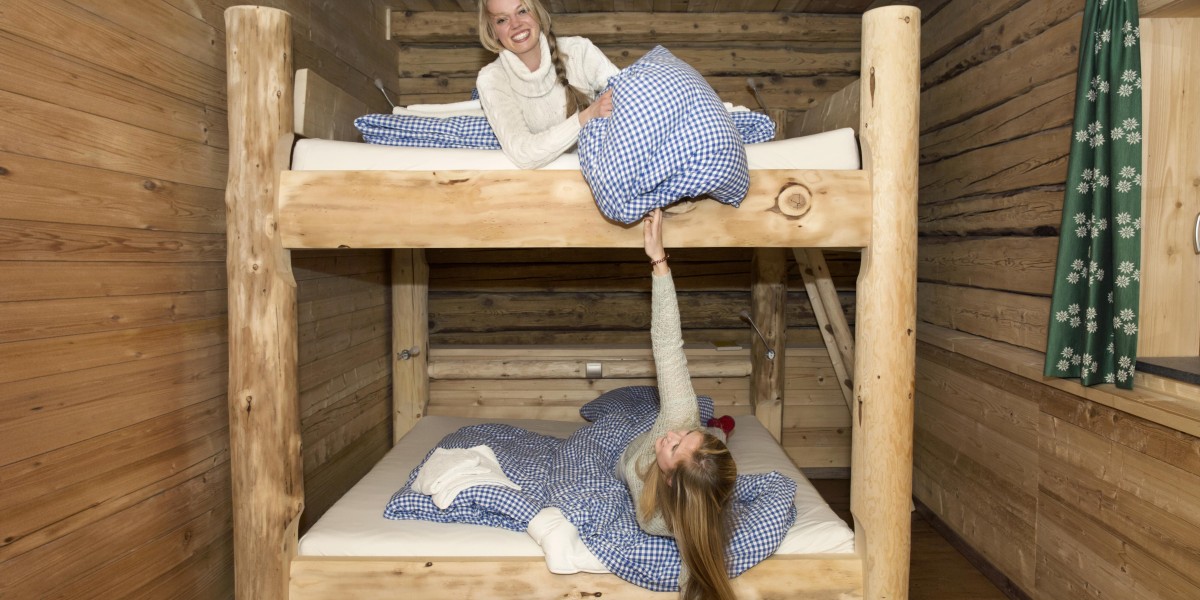Fitted Ovens and Hobs: An In-Depth Guide to Modern Cooking Appliances
Fitted ovens and hobs have become a staple in contemporary kitchens, integrating functionality, visual appeals, and innovative innovation. These kitchen appliances are created to seamlessly incorporate into kitchen surface areas, supplying the culinary lover with the tools required for effective meal preparation while keeping a streamlined and organized look. In this article, we will explore the different types of fitted ovens and hobs, their advantages, factors to think about when choosing them, and responses to frequently asked questions.

Comprehending Fitted Ovens and Hobs
Fitted ovens and hobs are appliances particularly developed to be built into kitchen cabinetry or countertops for a seamless appearance. They can differ substantially in design, size, functionality, and features, which cater to diverse cooking requirements and kitchen designs.
Types of Fitted Ovens
- Built-in Ovens: These ovens are installed straight into a wall or kitchen unit and can be found in numerous setups and sizes.
- Double Ovens: A built-in version that consists of 2 different oven compartments, enabling several meals to be cooked at varying temperature levels all at once.
- Combination Ovens: These flexible appliances integrate traditional baking with microwave innovation.
- Steam Ovens: Ovens that utilize steam for cooking, keeping moisture in food while boosting flavors and nutrients.
- Single Ovens: A standard oven unit that is the most common type used in homes.
Types of Hobs
- Gas Hobs: These use burner for cooking, using instant heat and precise temperature level control.
- Electric Hobs: Powered by electricity, these hobs frequently feature smooth surface areas that make them simple to tidy.
- Induction Hobs: Utilizing electromagnetic energy, induction hobs heat cookware straight instead of the hob surface, making them energy effective and a safe option.
- Blended Hobs: These offer both gas and electric options, providing flexibility for cooking styles.
Advantages of Fitted Ovens and Hobs
Fitted ovens and hobs provide numerous advantages that improve the cooking experience:
- Space Efficiency: Designed to fit into cabinetry, fitted appliances use up less space compared to standalone designs, producing a structured kitchen design.
- Aesthetic appeals: Fitted models frequently develop a more cohesive and visually appealing kitchen design.
- Personalization: Homeowners can pick from a range of styles, surfaces, and features to match their kitchen decoration and cooking needs.
- Improved Functionality: Many modern fitted ovens and hobs boast advanced innovation, such as wise controls, self-cleaning functions, and exact temperature level settings, which streamline cooking.
- Security Features: Many hobs, especially induction models, have safety functions such as automobile shut-off and kid locks, promoting a more secure cooking environment.
Aspects to Consider When Choosing Fitted Ovens and Hobs
When choosing fitted appliances for a kitchen, a number of elements should be considered to ensure the ideal choice:
- Cooking Style: Different appliances cater to different cooking routines. Home cooks must assess their typical meal preparation approaches to find suitable appliances.
- Space and Layout: Measure the offered area in the kitchen to ensure that the chosen appliances fit neatly without hindering motion.
- Energy Efficiency: Choose appliances with energy-efficient ratings to lower utility costs and environmental effect.
- Technology and Features: Consider the preferred functions, such as wise innovation, self-cleaning modes, or specific cooking functions like steam or convection cooking.
- Budget plan: Determine a budget plan before making selections to make sure that the picked models line up with monetary preparation.
Table: Comparison of Different Types of Ovens and Hobs
| Home appliance Type | Pros | Cons |
|---|---|---|
| Built-in Ovens | Space-saving, adjustable style | Setup cost can be high |
| Double Ovens | Cook multiple dishes at various temps | Uses up more area |
| Steam Ovens | Healthy cooking, maintains nutrients | Generally greater expense |
| Gas Hobs | Quick heat control, preferred by chefs | Needs a gas line setup |
| Induction Hobs | Fast cooking, energy-efficient, safe | Needs suitable pots and pans |
| Electric Hobs | Easy to clean, steady cooking temperature levels | Heating times can be slower |
Regularly Asked Questions (FAQs)
1. What is the difference in between a built-in oven and a freestanding oven?
A built-in oven is Integrated Ovens Uk into kitchen cabinetry for a seamless appearance, while a freestanding oven stands alone and is frequently more noticeable and accessible.
2. Are induction hobs safe to utilize?
Yes, induction hobs are thought about safe as they just generate heat when suitable pots and pans is put on them, lowering the danger of burns.
3. Can I install a fitted oven myself?
While some individuals may select to install fitted ovens themselves, it is typically advised to hire an expert to guarantee right installation and adherence to safety requirements.
4. What size of oven is perfect for a small kitchen?
In small kitchen areas, think about compact or single built-in ovens that fit within the available space without jeopardizing on cooking functionality.
5. Do fitted ovens and hobs require special maintenance?
Fitted appliances require standard maintenance, such as cleaning and periodic checks. However, specific upkeep jobs depend upon the type of oven or hob.
In conclusion, fitted ovens and hobs represent the embodiment of modern kitchen style and performance. By understanding their types, advantages, and considerations, consumers can make informed options that improve their cooking experiences while fitting seamlessly into their home. Whether producing premium meals or preparing household suppers, fitted ovens and hobs are valuable tools in any cooking space.







